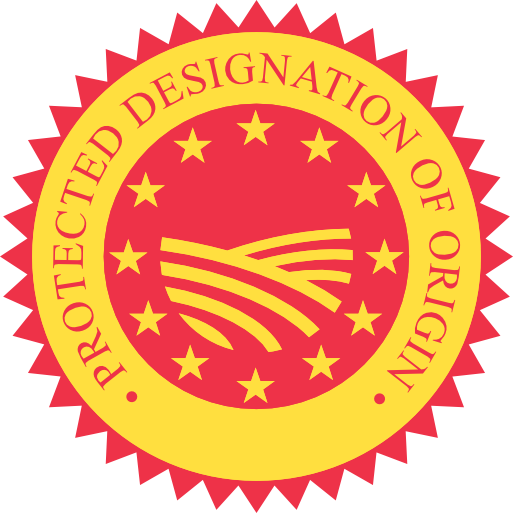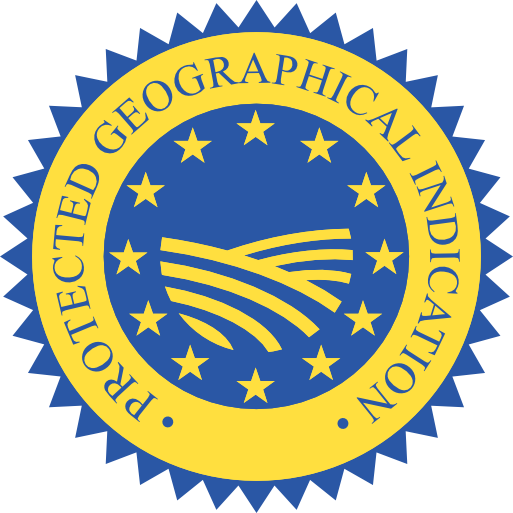PDO Costers del Segre
Website: www.costersdelsegre.es
History:
The traces of the oldest wine farming in Catalonia are situated in the territory of DO Costers del Segre, specifically at the archaeological Iberian site Sifons de l’Horta, Urgell, with vestiges of wine fields from the third century BC. In the 12th century, the Abbey of Poblet played a key role in the feudalisation of the County of Urgell. As the years and centuries passed, the vineyards grew in extension, and towards the end of the 19th century, before the phylloxera, the development of vineyards in the province of Lleida presented high percentages, and records speak to 120,000 hectares spread through nearly the entire province. The destruction of the vines due to the phylloxera and the limited posterior replanting reduced the area to merely 2,500 hectares. Currently, there are some 4,000 hectares planted. The creation of Designation of Origin Costers del Segre in 1986 made it possible to give wine growing in the lands of Lleida its own identity, safeguard the territory’s wine-making tradition and guarantee the excellent quality of the wines produced by the affiliated wineries.
Description:
DO Costers del Segre is a mosaic formed by seven territories spread throughout the Segre river basin and Lleida Pyrenees. It sports its own, well-defined characteristics which give it personality and make it different: a privileged location with calcareous soils, a continental climate with Mediterranean influence which presents high seasonal and daily temperature variations, high-altitude vineyards which produce mountain wines, organic wine growing efforts, a commitment to sustainability, the recovery of historical varieties, etc.
NUMBER OF WINERIES: 35
SURFACE AREA (acres): 9884 acres
PRODUCTION VOLUME: 6,000,000 bottles
MAIN VARIETY (TOP3): CHARDONNAY, MACABEU, ULL DE LLEBRE, CABERNET SAUVIGNON.
TERRITORY (TYPE OF SOIL, LANDSCAPE)
The vines of DO Costers del Segre are planted 200 to 1,100 m above sea level, considered mountain wine growing in four of the 7 subzones.
The DO’s area is diverse, with changing geological and meteorological conditions. The nexus of union is the middle basin of the river Segre, between the Pyrenees and the Ebro.
As for the soil, it is calcareous and/or clayey and poor in organic matter, a common and uniform characteristic throughout the designation of origin.
The distance which separates the zone of the Mediterranean Sea and the Pyrenees makes the climate continental, with high seasonal and daily temperature oscillations, generating plant cycle periods unique to the zone and producing distinctive harvests. Nighttime temperatures during ripening are exceptionally low, with minimums of 15ºC typical throughout the ripening period, and 2 to 10º at the end of the ripening period.



